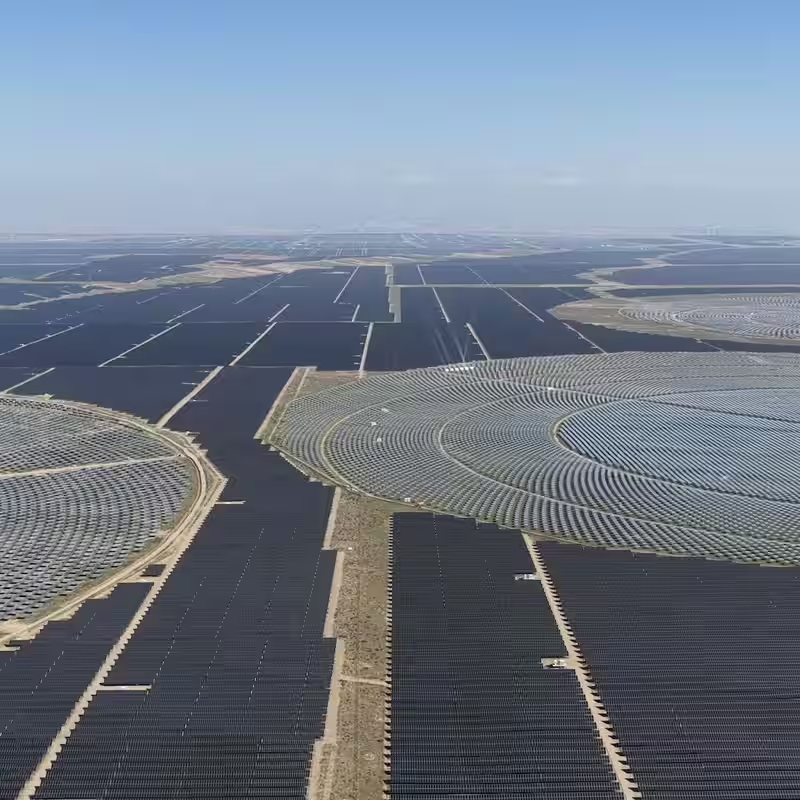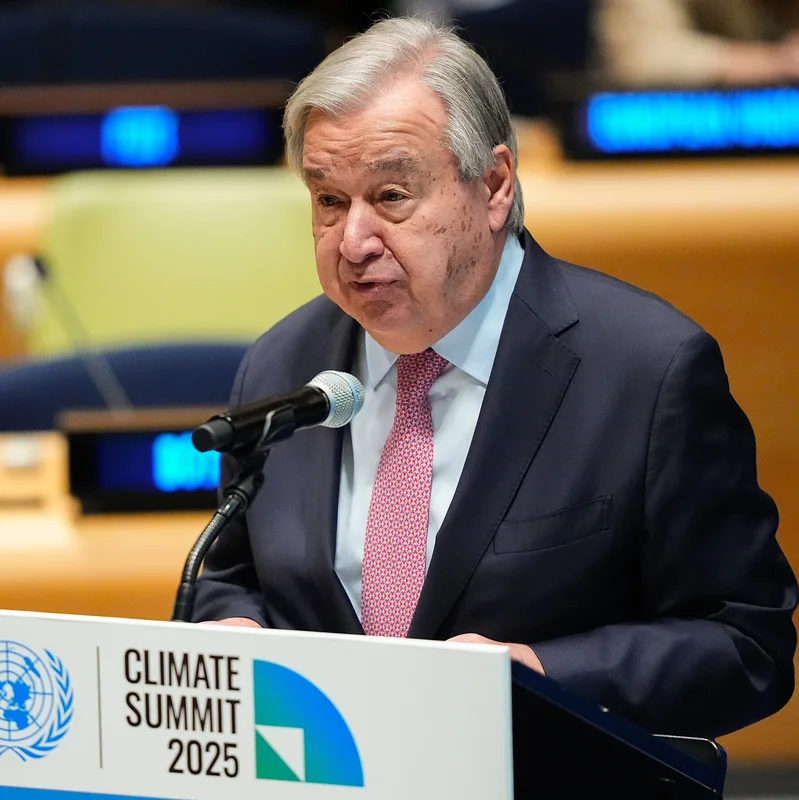Table of Contents
- Tibetan Solar Boom: A New Energy Frontier
- Why Qinghai Is Perfect for Clean Energy
- Economic and AI Impact of High-Altitude Power
- Balancing Progress and Pastoral Life
- China’s Clean Energy Push in Global Context
- Sources
Tibetan Solar Boom: A New Energy Frontier
At over 3,000 meters above sea level, the Tibetan Plateau is witnessing a clean energy revolution unlike any other. China has deployed solar panels across an area seven times the size of Manhattan—stretching across alpine deserts in Qinghai province, a region historically known among Tibetans as Amdo.
The Talatan Solar Park in Gonghe County now holds the title of the world’s largest solar farm cluster, covering a staggering 420 square kilometers. Paired with wind turbines on nearby ridgelines and hydropower dams in deep river gorges, this high-altitude energy hub is designed not just to power local communities—but to fuel China’s artificial intelligence ambitions thousands of kilometers away.
Why Qinghai Is Perfect for Clean Energy
Qinghai may be remote, but its geography is tailor-made for renewable energy:
- Flat terrain – Unlike mountainous regions in Switzerland or Chile, Qinghai’s vast plateaus allow for easy installation and maintenance of solar arrays.
- Thin, bright atmosphere – Solar irradiance is significantly stronger at altitude, boosting panel efficiency.
- Cold temperatures – Cooler air reduces thermal losses in photovoltaic cells, increasing output.
- Low population density – Fewer residents mean fewer relocations and less political friction.
According to on-the-ground reporting from The New York Times, electricity generated here costs 40% less than coal-fired alternatives—a game-changer for energy-intensive industries.
Economic and AI Impact of High-Altitude Power
China isn’t just building solar farms—it’s constructing an entire ecosystem around them. New industrial plants in Qinghai are converting locally mined quartzite into polysilicon, the raw material for next-generation solar panels. Meanwhile, the province plans to quintuple its number of data centers, drawn by the region’s natural cooling advantages.
At 5,000 meters, server farms require minimal air conditioning. Waste heat from servers is even being repurposed to warm nearby buildings—an elegant example of circular energy use.
This infrastructure directly supports China’s national AI strategy. As President Xi Jinping pledged last month to expand renewable capacity sixfold, Qinghai has become a linchpin in reducing the carbon footprint of China’s tech sector.
Balancing Progress and Pastoral Life
Not all impacts are purely technical. The region is home to ethnic Tibetan herders who graze sheep on sparse alpine grasslands. Early solar installations sat too low, blocking access to pasture. In response, newer panels are mounted higher—allowing livestock to roam freely beneath them.
While large-scale displacement (like that seen during the Three Gorges Dam project) hasn’t occurred here, the cultural and ecological sensitivities of the Tibetan Plateau remain a concern. The Chinese government tightly controls media access to the area, often citing “national security”—though critics argue it’s to suppress dissent.
China’s Clean Energy Push in Global Context
Despite its massive renewable investments, China still burns as much coal as the rest of the world combined. Yet the pace of change is staggering: every three weeks in 2025, China installs enough solar capacity to match the entire output of the Three Gorges Dam.
This dual-track approach—scaling clean energy while maintaining fossil fuel dominance—reflects both ambition and pragmatism. But if Qinghai’s model proves scalable, it could redefine how high-altitude regions worldwide contribute to the global energy transition.




